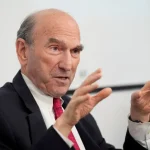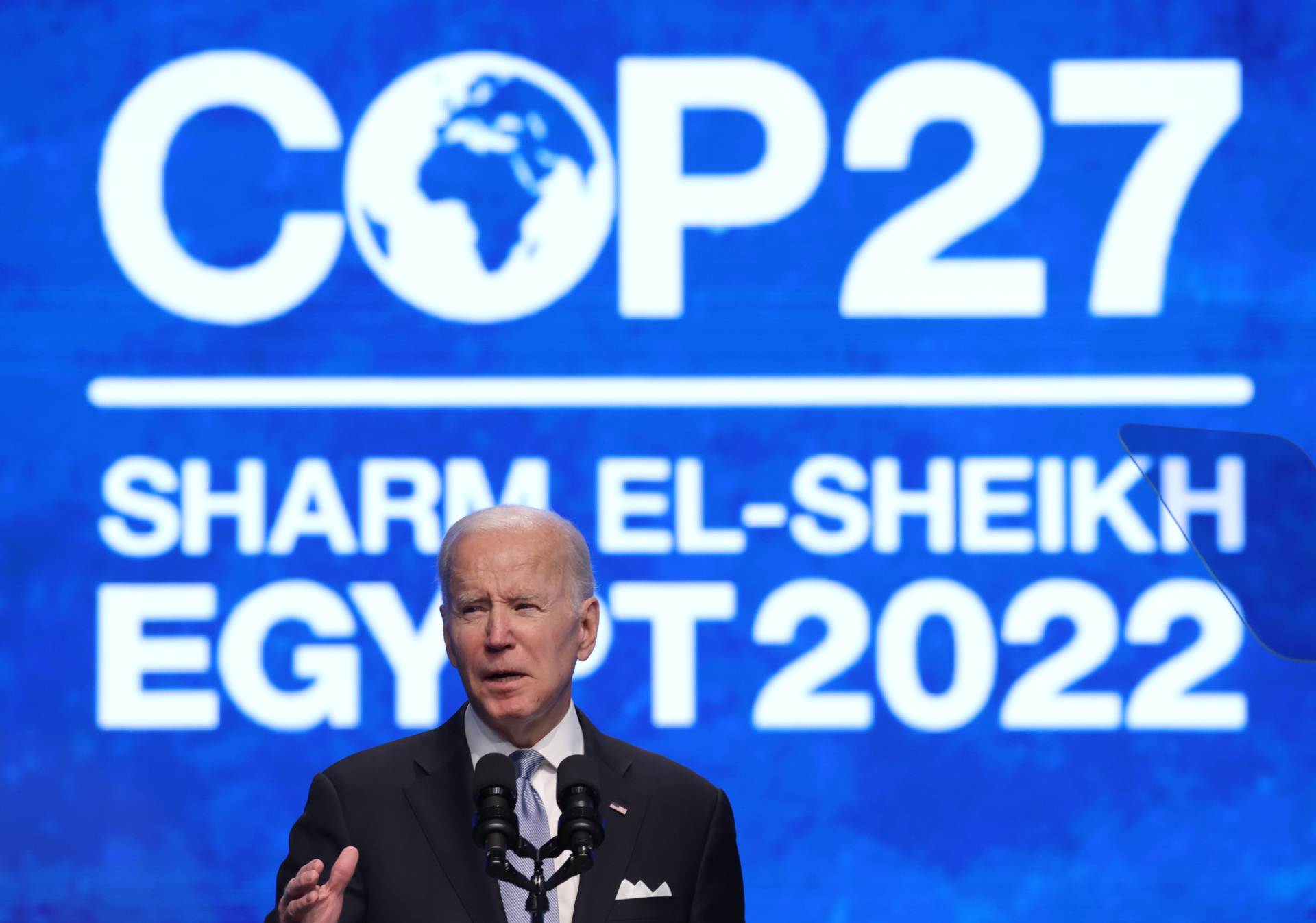
Biden Twisting in the Wind
So Joe Biden went there. To borrow a phrase, he said the green part out loud. On November 4, he pronounced of coal plants, “We’re going to be shutting these plants down all across America.” Immediately, the Republican National Committee tweeted, “Joe Biden celebrates coal plant workers losing their jobs.” Then Sen. Joe Manchin (D-WV) fired back in defense of his state, and the White House then backtracked, albeit in a grudging way, saying that Biden’s comments had been “twisted.” In point of fact, they weren’t twisted at all: Biden was quite specific in his comments about the defects of coal. As he said on the 4th:
I was in Massachusetts about a month ago on the site of the largest old coal plant in America. Guess what? It cost them too much money. They can’t count. No one is building new coal plants because they can’t rely on it.
We can surmise what happened. Biden was in Massachusetts, got a dose of green propaganda (beyond what he hears at the office every day), and then said it out loud. But voters were paying attention, so it blew up–and so Biden’s words were blown away. But then on November 6, Biden blew up again, saying, “No more drilling. There is no more drilling.”
Since the recent midterm elections, which Biden clearly regards as a vindication for his approach, he’s been at it again. Asked by a reporter at the White House if he planned to do anything differently in the next two years, he answered, “Nothing.” Then he flew (by carbon-fuel-burning jet) to the COP27 climate change conference in Egypt to declare, “It’s more urgent than ever that we double down on our climate commitments” on climate change. Indeed, he rededicated his “urgency of the need to transition the world of its dependence on fossil fuels.” Take that, West Virginia! (And Texas, Wyoming, and on and on.)

President Joe Biden speaks at the UNFCCC COP27 climate conference on November 11, 2022, in Sharm El Sheikh, Egypt. (Sean Gallup/Getty Images)
Perhaps as much as anything, it will be energy–from jobs for energy workers to revenues from energy states to gasoline prices–that could define the fate of Biden’s presidency. It’s happened before to a U.S. president.
Supply and Demand One, Biden Zero
On October 19, President Joe Biden patted himself on the back for bringing down gasoline prices, but added, with a tone of threat in his voice, “they’re not falling fast enough.” The Biden administration has, indeed, been jawboning the oil companies on prices, trying to cajole them down. And on October 31, Biden took his rhetoric up a notch, accusing the oil companies of “war profiteering””
Yet since angry words from the president haven’t been working well enough to cut prices (no surprise), the administration has continued with another midterm-election-minded strategy: emptying out the Strategic Petroleum Reserve (SPR). This unprecedented politicization of the SPR led former Texas governor and U.S. energy secretary Rick Perry to declare, “It is unacceptable for the Biden administration to use our emergency oil reserves as a political tool to temporarily lower gas prices ahead of the election.”
Like it or not, the Bidenites are doing it. One architect of this plan is White House chief of staff Ron Klain, who wakes up at 3:30 a.m. every morning to check gasoline prices as part of his own very ambitious social-media operation. On October 27, he tweeted news of a gasoline-price dip and added a chortle: “It’s time to update the narrative.”
It’s time to update the narrative:https://t.co/diGVjAaKBd
— Ronald Klain (@WHCOS) October 27, 2022
Klain’s SPR-steering may work to help the Democrats on November 8, but only if the voters don’t know what’s coming. As the New York Times reported on October 25, “U.S. officials are bracing for another potential price surge in December, if a European embargo on Russian oil goes into effect and the Saudis refuse to increase oil production to make up for the anticipated reduction in supply.” In other words, it’s possible that the Biden administration will be able to time a price-decline just in time for the election. But after that, watch out. (In the meantime, Klain really ought to be known as the White House chief of campaigning. A watchdog group, America First Legal Foundation, noticed a May 22 tweet which included the pitch, “Get your Democrats Deliver merch today!” America First filed a complaint, arguing that such partisan spieling violates the Hatch Act.)
Klain’s best spin notwithstanding, the fact remains that U.S. gasoline prices are up about 60 percent since Biden took office. This should be no surprise, since oil prices are up 70 percent.
So what to do? Democrats who don’t control the SPR are sticking with that old standby: demagoguery. For instance, California governor Gavin Newsom has regularly attacked energy companies and pledges to hold them “accountable.” Newsom is widely seen as a possible candidate for president, perhaps as soon as 2024. And two other once-and-perhaps-future Democratic presidential hopefuls, Sen. Cory Booker of New Jersey and Sen. Elizabeth Warren of Massachusetts, also want the government to investigate Big Oil (and, for good measure, the wheat market, because you never what Big Wheat is up to).
Valero’s new profits are out. They experienced a 500% increase in profits this year.
So why are gas prices so high? Time to hold these oil companies accountable.
— Gavin Newsom (@GavinNewsom) October 25, 2022
Yet the facts of energy rebut the demagoguery. Today, U.S. oil production is down about ten percent from its peak under former president Donald Trump. And while U.S. natural gas production is up slightly, the curve of increase has flattened. It’s plain as day that American energy production has been stifled, and this at a time when it’s much needed.
That’s because oil and gas imports to the West from another big producer, Russia, have been all but eliminated by the Ukraine War. Which is why energy prices in Europe went parabolic, bankrupting venerable companies. In such a situation, a sellers’ market, one would expect producers to produce more. And that would be happening, except for two things: the Biden administration’s foreign policy, and its domestic policy.

President Joe Biden greets Saudi Arabian Crown Prince Mohammed bin Salman at Alsalam Royal Palace in Jeddah, Saudi Arabia, on July 15, 2022. (Royal Court of Saudi Arabia/Anadolu Agency via Getty Images)
On foreign policy, Biden went to Saudi Arabia in July to ask the Saudis to increase production, thereby pushing down prices. And yet even the Main Stream Media had to admit that the trip was a bust for Biden. It seems that his long-expressed hostility to Saudi Arabia—back in 2019, he called it a “pariah”—has poisoned the U.S.-Saudi relationship, at least for as long as Biden is in the White House. Indeed, in the wake of Biden’s visit, the oil kingdom actually cut production. Oof. The anti-woke investor-activist Vivek Ramaswamy sums it up: “The U.S. President goes hat-in-hand begging foreign dictators to produce more oil when we could simply be doing more of it right here at home.”
The U.S. President goes hat-in-hand begging foreign dictators to produce more oil when we could simply be doing more of it right here at home. pic.twitter.com/foLA7iHPja
— Vivek Ramaswamy (@VivekGRamaswamy) October 25, 2022
That’s exactly right. We could be producing more energy here at home, but we’re not. Why not? Because Biden chose to put “green” ahead of not only “national prosperity,” but also, “national security.”
In the words of free-market-minded observer Steve Milloy, “The most effective action to counteract the cut in Saudi oil production would be to ease the regulatory burden and offer unabashed support for the American oil and gas industry…. But Biden won’t do so.”
And that’s a shame, because the U.S. that Biden took over in 2021 was probably as energy-secure as it’s ever been. In fact, during the Trump administration, the U.S. became a net energy exporter for the first time since World War II. And since energy is at the root of the economy, it’s also at the root of our security. As Senator Bill Cassidy (R-LA) likes to say, “energy security equals national security.”
But Biden had a different idea. In 2020 he campaigned on a pledge of “ensuring that the U.S. achieves a 100% clean energy economy and net-zero emissions no later than 2050.” That’s the Green New Deal in all but name. Economic pundit Josh Barro nails it:
Biden entered office pursuing a fossil fuel agenda animated by the idea that additional North American production should be discouraged. He canceled the Keystone XL pipeline, and he essentially paused the leasing of federal lands for oil and gas production. The theory behind this agenda was coherent— restricting the supply of fossil fuels would push consumers toward renewable energy and accelerate the green transition—but that’s a strategy that inherently involves pushing prices up. High prices are the mechanism that would cause consumers to transition.
With goals such as that, with policies such as that, higher prices were the feature, not the bug. That is, the goal was higher prices. And if that didn’t prove to be very good politics with the voters—as Democrats seem to have realized too late—well, the greens and the wokesters do have that in common: It’s not in their nature to worry about ordinary people.
Dominance and Submission
In fact, we’ve been down this road before. This author, a Baby Boomer who remembers the 1970s well, has felt called to chronicle the many parallels between the 39th president, Jimmy Carter, elected in 1976, and Biden, #46, today. Their energy policies, too, have overlapped, as was first written in February of last year.
In the 1970s, a big issue was price controls, which a Republican president, Richard Nixon, had first imposed in 1971. Such controls were a foolish move, and soon enough, Nixon realized it and removed them. Except, fatefully, he left the controls in place on oil, and so Carter inherited those controls when he came into office in 1977. For his part, Carter was happy to leave them in place, because regulating the economy is what Democrats do. In addition, long before Newsom, Booker, or Warren, Carter had a demagogic streak of his own; in October 1977, he accused the oil companies, without real evidence, of “the greatest rip-off in history.” Such hot rhetoric, of course, does nothing to actually encourage producers to produce more energy. Indeed, Carter followed up by enacting a “windfall profits tax” on the oil companies–and that didn’t help, either.
Unsurprisingly, U.S. oil production drifted downward in the 1970s, even as U.S. oil consumption increased. So of course, with domestic production down and domestic consumption up, net imports spiked by about 400 percent. Prices spiked, too, from $3 a barrel in 1979 to $40 a barrel in 1980.
We can step back and see: Carter was giving himself the worst of all possible worlds. He was squelching domestic production (which was price controlled) while encouraging imports from foreigners (no price controls on them). Thus we were enriching the Arab oil states and other OPEC countries, while starving our own producers. And then, in 1980, Carter slapped on a “windfall profits” tax that further depressed American production.
So that’s how foreign oil producers piled up “petrodollars,” that is, the dollars we sent them. (Today, three Arab oil states sit atop sovereign wealth funds totaling more than $2 trillion, and the oil-producing Norwegians—the so-called “blue-eyed Arabs”—have their own $1.5 trillion.)

Saudi Arabian Crown Prince Fahd shakes hands with President Jimmy Carter during arrival ceremonies at the White House on May 24, 1977. (AP Photo/Toby Massey)
The Carter policy could be summed up in two words: Not smart. Fortunately, the voters wised up on him, and he was defeated in a landslide by Ronald Reagan in 1980. The new 40th president immediately decontrolled oil prices; predictably, production started increasing. In fact, producers, fully incentivized, began exploring new techniques to produce more. The result was fracking, which extracted still more energy out of seemingly exhausted fields. The success of that entrepreneurial innovation is a big reason why we got to what Trump called “energy dominance.”
But then Biden came in, embracing a strategy that might be called energy submission. That is, why be strong when you can be weak? Unlike in Carter’s time, the key issue today isn’t price controls, but rather, another way of throttling production that’s just as effective: regulating and banning in the name of climate change.
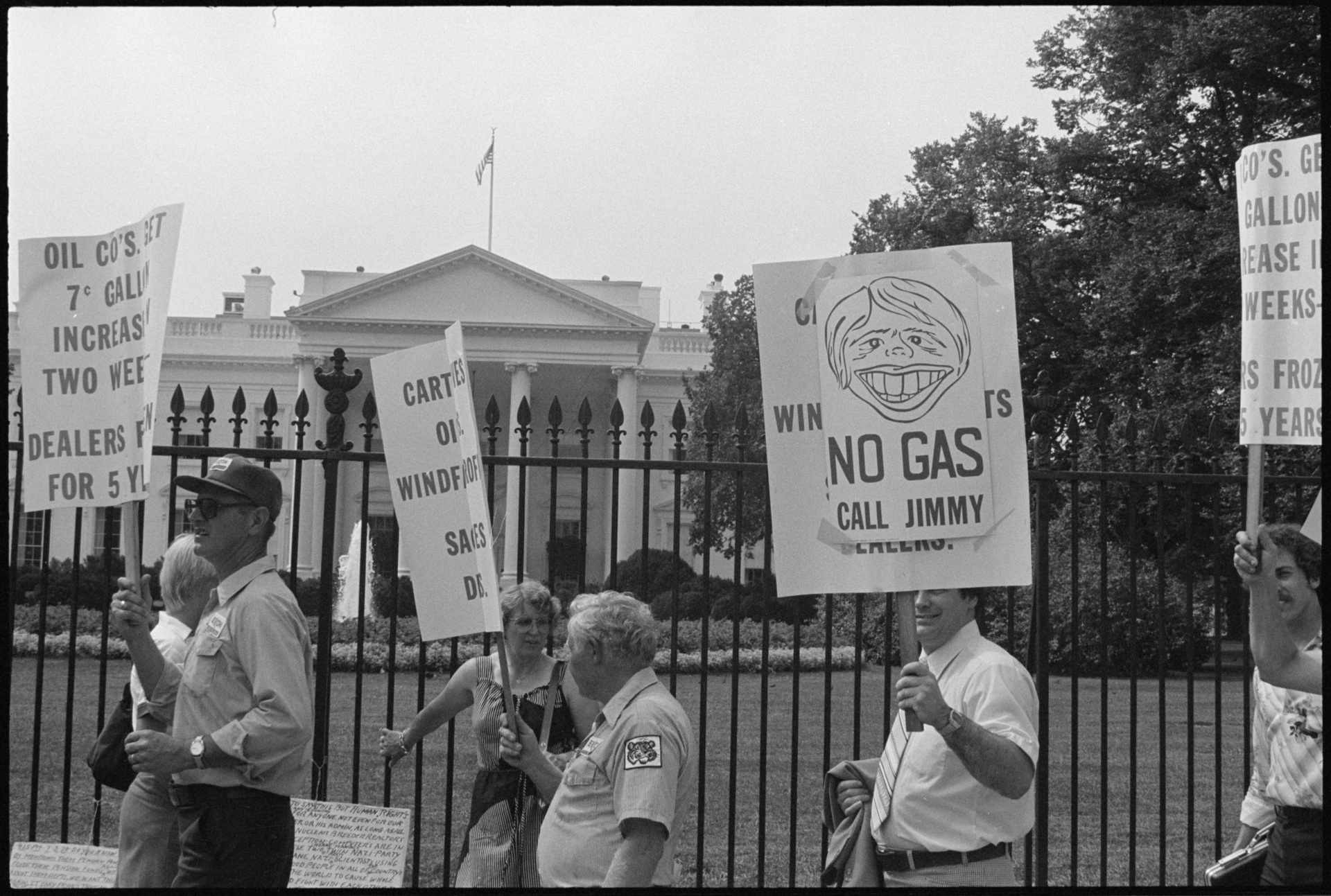
Gasoline dealers demonstrate against President Jimmy Carter’s oil policies outside the White House on August 1, 1979. (Marion S. Trikosko/Getty Images)
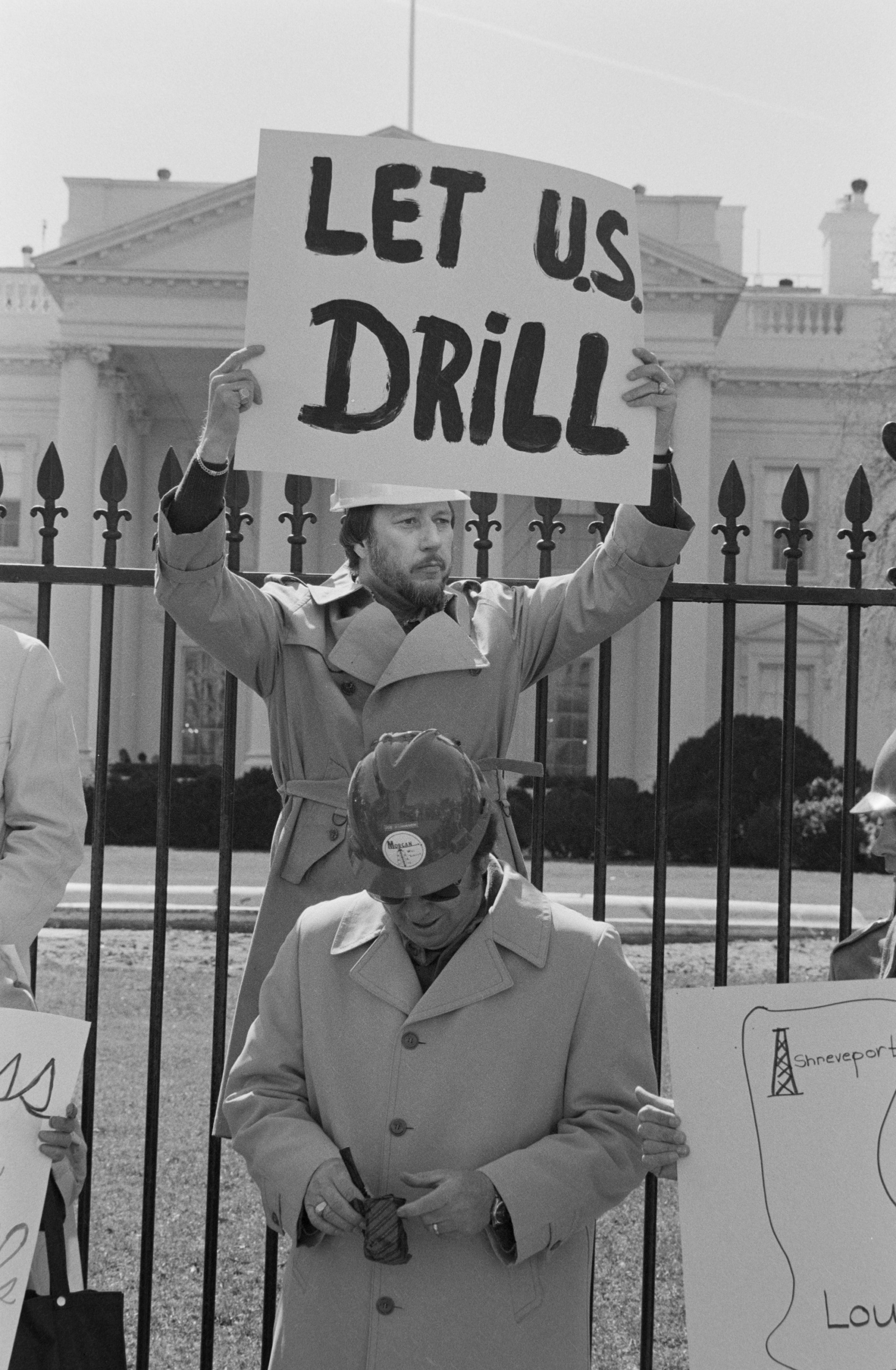
Demonstrators in favor of expanded oil drilling protest outside the Carter White House in January of 1980, after President Jimmy Carter tightened restrictions and raised taxes on oil drilling. (Leif Skoogfors/Corbis via Getty Images)
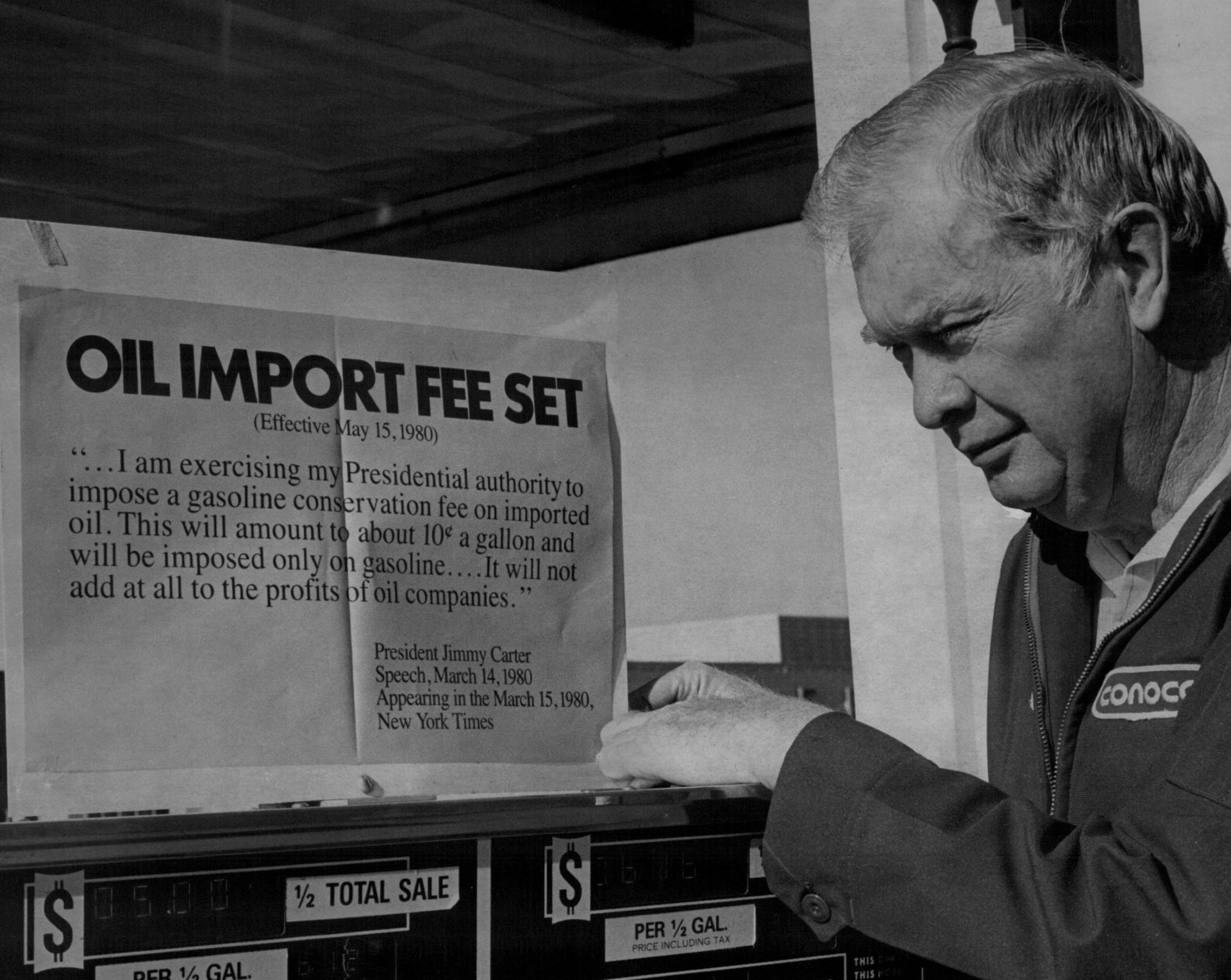
Ray Phillips, operator of a Conoco Station in Denver, CO, inspects sign that was to be installed at all Conoco stations due to President Jimmy Carter’s 10-cent-a-gallon gasoline tax set to take effect on May 14, 1980. (Ed Maker/The Denver Post via Getty Images)
As we have seen, the result of this submissive policy is shrunken production. And that means, just as it did back in the 1970s, that oil (and natural gas) consumers, bereft of their own production, are transferring huge amounts of wealth to oil and gas producers who aren’t so green. Recently the Associated Press reported that European governments—which embraced energy submission long before Biden—have “allocated 576 billion euros (over $566 billion) in energy relief to households and businesses since September 2021.” In other words, the Europeans have shelled out more than half-a-trillion dollars to protect the well-being of European energy consumers—and all of this money goes overseas. That’s right: for the virtue-signaling green-moral elevation of not drilling and digging themselves, the Euros are sending their wealth to those who happily drill and dig. (And on November 1, the Biden administration indicated that it would start doing the same thing–providing new subsidies to help consumers pay the higher prices for energy that could have been produced at home, but wasn’t. So instead of producing more here, we’re paying more overseas.)
Actually, it’s worse than that—even from the point of view of the greens. You see, once the Europeans realized that green assurances of energy adequacy were hollow—that solar panels and windmills couldn’t assure even basic survival in the winter—they did a policy 180. Today, the Europeans are actually burning more carbon fuels, including the dreaded “c” word, coal. In fact, coal prices are up more than 700 percent in the last two years, and coal production is rising. As always, China is avidly building coal plants, and in the meantime, coal mines around the world are springing back to life. Indeed, even in über-grün Germany, they’re knocking down a wind farm to make way for a coal mine.
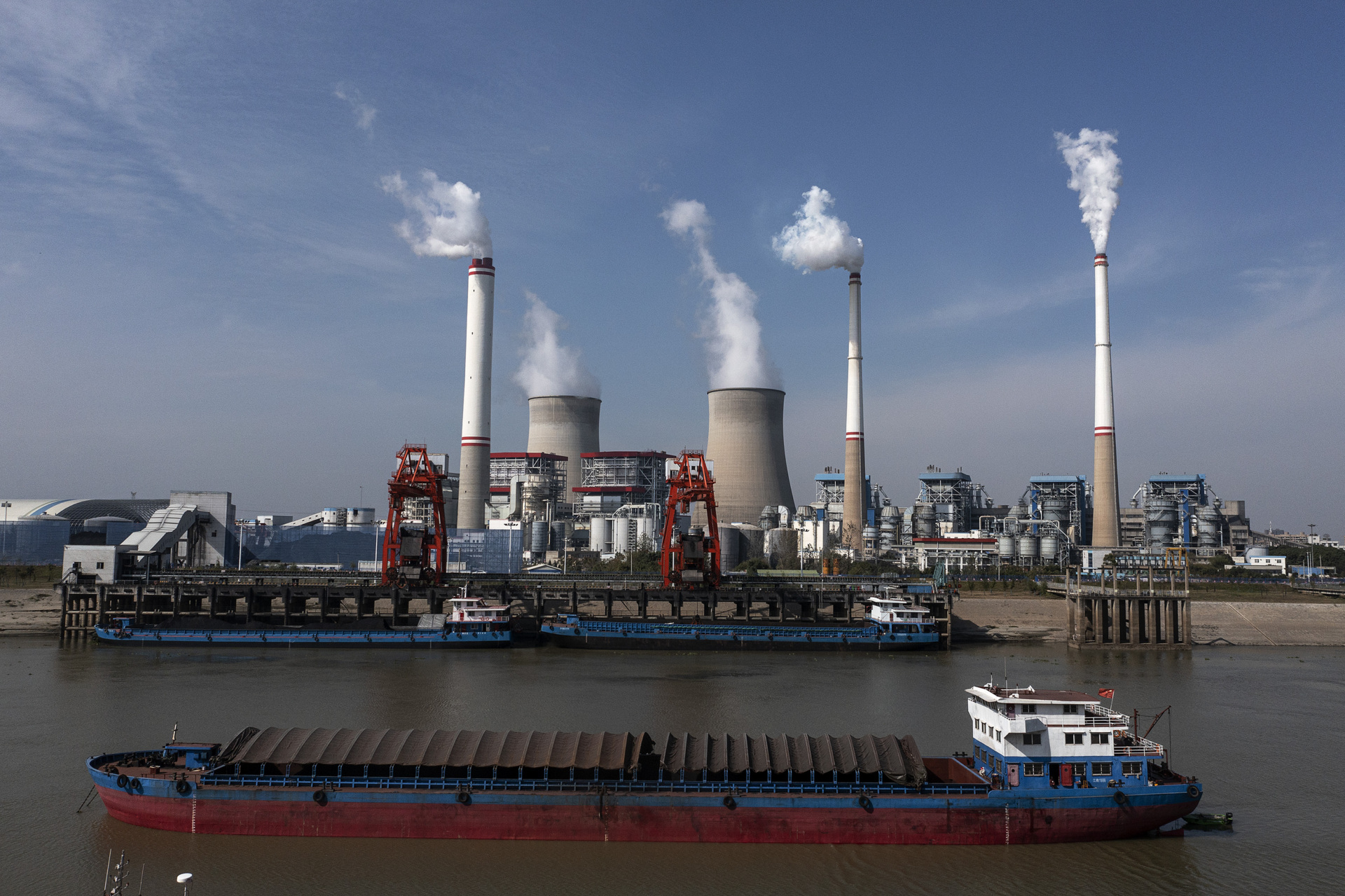
An aerial view of the ships carrying coal transport to unload outside the coal fired power plant on November 11, 2021, in Hanchuan, Hubei province, China. (Getty Images)
The same gold rush is on for other kinds of carbon energy. Bruno Jean-Richard Itoua, minister of hydrocarbons of the Republic of Congo, told Bloomberg News, “There doesn’t need to be any more debate about gas. We need to start producing as much as we can now.” Fortunately for the Third World—and in the long run, for energy consumers everywhere—surveyors keep finding more oil and gas. Just the other day, Exxon announced new discoveries just offshore of Guyana. We can add that this carbon-fuel abundance is providential, because only now is the world waking up to realize that it doesn’t have enough of key components of green energy systems, such as lithium and cobalt for batteries. Oopsie.
Jimmy Carter ignored the need for more energy and paid a steep price when he ran for re-election. Half a century later, Joe Biden is also ignoring it. Indeed, just on October 31, Bloomberg News reported that the Biden administration is likely to replicate yet another Carter policy: a “windfall profits tax” on oil companies. That’s clearly a punitive gesture, aimed at stoking up the Democratic base, as opposed to any sort of plan for actually increasing energy production. Interestingly, one who shares that view is Larry Summers, the former treasury secretary and longtime Democratic economic adviser; on November 1 he tweeted about Biden’s windfall profits tax idea, “If you reduce profitability, you will discourage investment which is the opposite of our objective.”
At the same time, jet-setting “Climate Envoy” John Kerry is still saying that the Biden administration wants to “accelerate” the move away from carbon fuels–now what signal does that send to carbon-fuel producers? At the same time, jet-setting “Climate Envoy” John Kerry is still saying that the Biden administration wants to “accelerate” the move away from carbon fuels–now what signal does that send to carbon-fuel producers? In fact, here’s a subsequent headline to ponder: “Americans To See Highest Thanksgiving Gasoline Prices Ever.” Democrats did reasonably well in 2022, especially relative to inflated Republican expectations. Do they really think that high energy prices and the resulting inflation won’t hurt them in 2024?
In his self-defeating confusion, Biden is suffering from what Carter suffered from. The political-science term used here at Breitbart News to sum up the similarities between the 39th president and the 46th president is disjunction.
In their disjunction, Biden’s new plans are very Carteresque. We know what happened to Carter when he sought a second term. And we don’t know what’s going to happen to Biden’s dream of a second term. But a study of history helps us to make a good guess.





